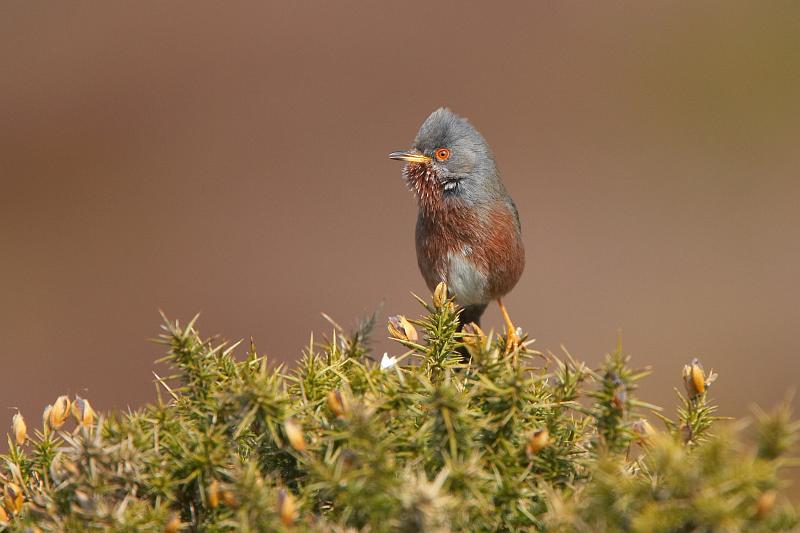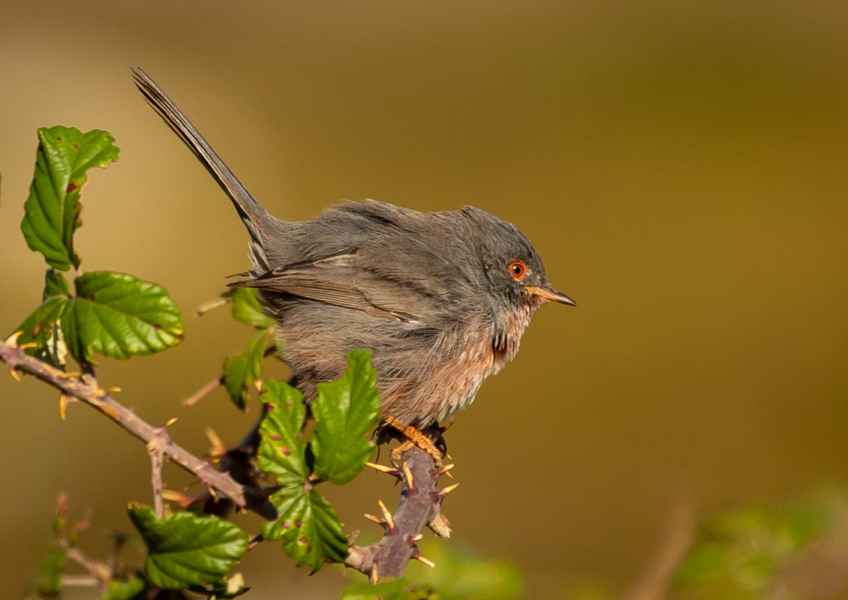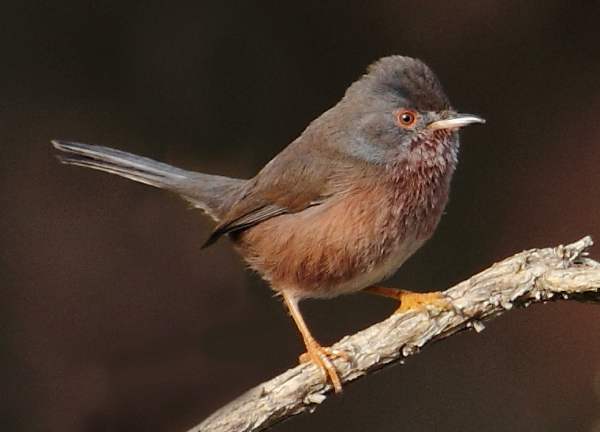
In contrast, the female Dartford Warbler is more subdued in coloration, lacking the vibrant red breast of the male. Overall, she exudes greyish hues that distinguish her from her male counterpart. Meanwhile, the juvenile shares the female’s color palette but with additional variations of grey.
The Dartford Warbler’s melodious call is a rapid, low, almost scratchy warble interspersed with higher notes, creating a symphony that resonates in its heathland home.



Dartford Warblers are monogamous and tend to mate for life. They construct cup-shaped nests, usually near the ground amidst heather or gorse on gently sloping coastal heathlands. During the breeding season between April and July, the female lays up to three broods, each comprising 3 to 5 eggs. The eggs are adorned in pale green or white hues, adorned with delicate brown speckles. After a two-week incubation period, the chicks emerge, and within another fourteen days, they fledge.
Like many of their avian counterparts, Dartford Warblers boast an average lifespan of up to five years. Their ability to adapt and thrive in the challenging heathland environment speaks to their resilience and serves as a testament to their remarkable place within the natural tapestry of the southern English countryside.




